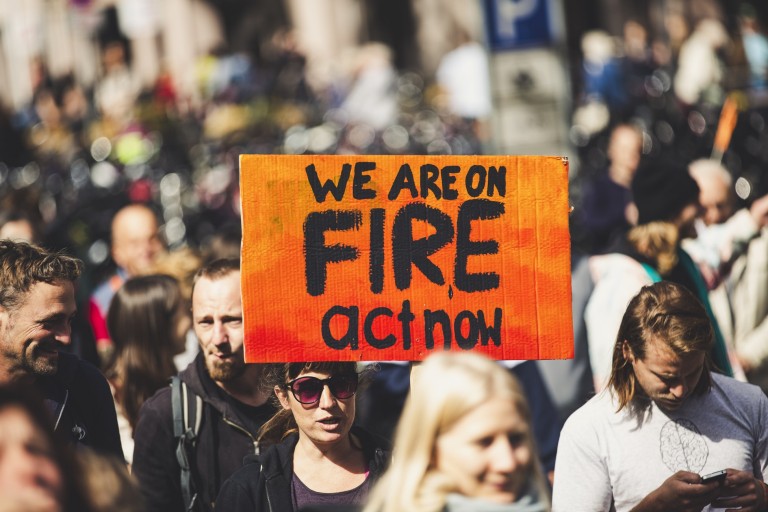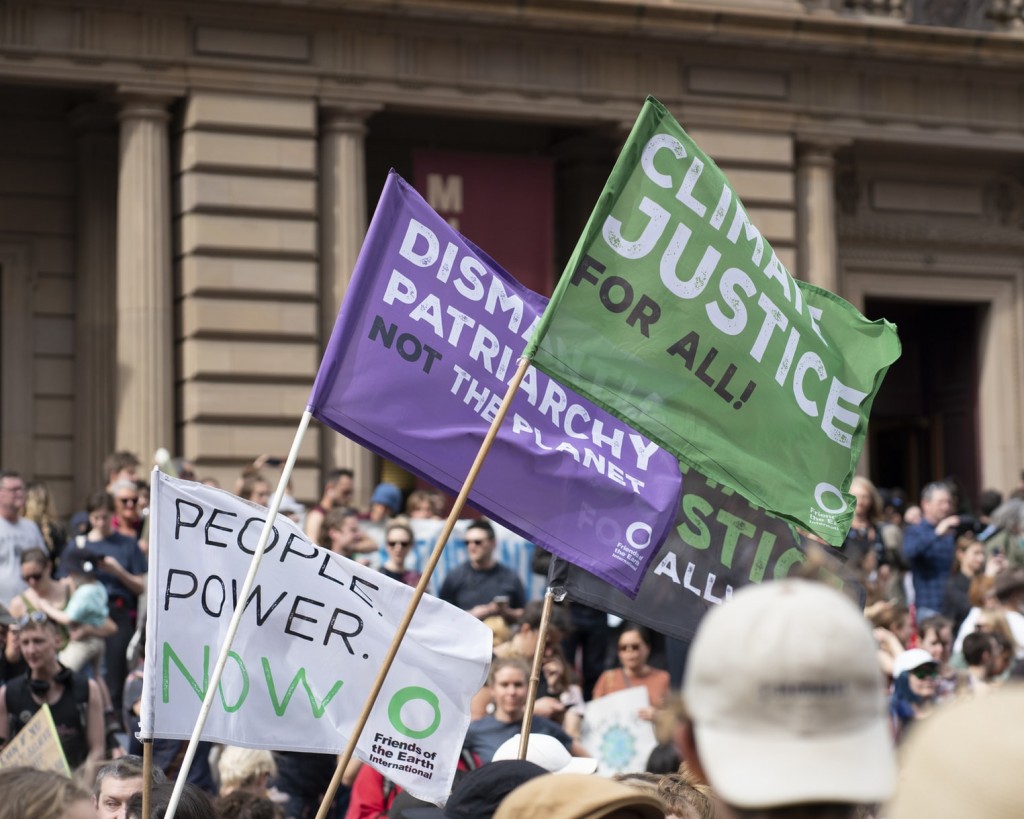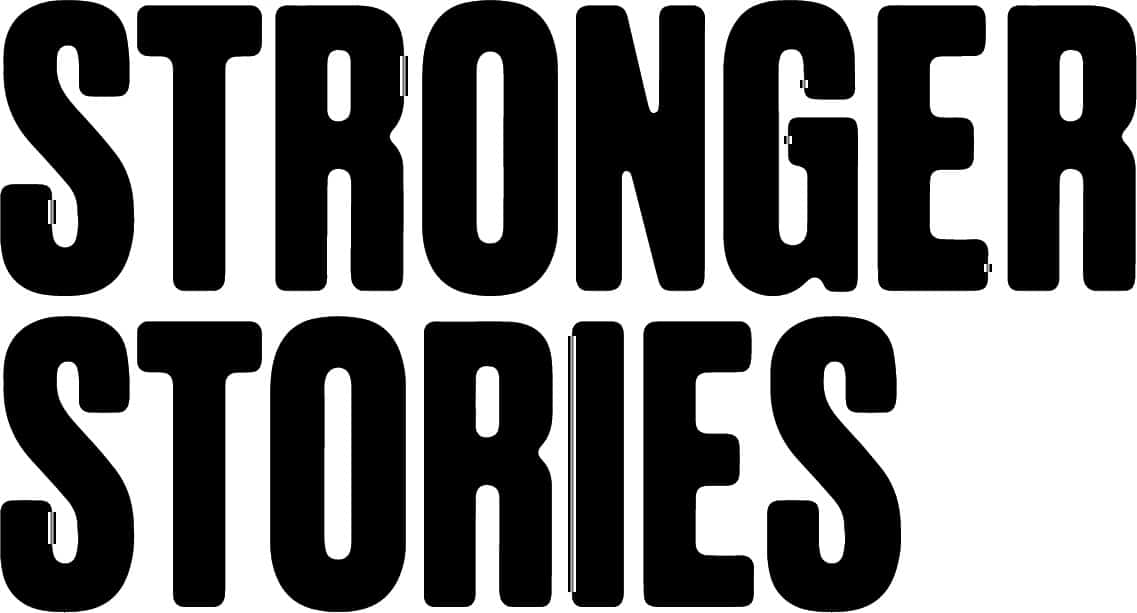
Putting Nature at the Heart of Biodiversity Stories
- Written by Rosie Ngugi Ngugi
Biodiversity is lost. People are the problem. People are the solution. People are storytelling organisms. Let’s tell them stories.
ASEAN Centre for Biodiversity
We have been working with the UNDP and Better Nature, analysing over 50 major initiatives within the UNDP ecosystem to understand how to put nature at the heart of the stories they tell about human development.
All the stories had one purpose in common: to engage with the public, financial decision-makers and change-makers about the opportunities that nature provides us with, and the need to change human behaviour. The variety of these stories provided us with a wealth of findings – locally, globally, thematically and so on.
But our exploration of these biodiversity stories unlocked 3 things that everybody can learn from:
- Communications must be optimised for our pattern-seeking and narrative-hungry story brains to reach their maximum potential.
- To gain momentum, hope-based stories must be used to motivate existing actors, galvanise support from nascent audiences and bring in new champions at the same time.
- The richness and diversity of stories must be better aligned to create the cascading effect needed to change narratives.
Stories must be optimised for our pattern-seeking brains to reach their maximum potential.
For stories to work as a catalyst for change they should use the patterns we instinctively understand.
One of these patterns is the underlying structure of the world’s most popular stories about change, from religious texts to greek myths. It’s called the Hero’s Journey. Using our Canvas framework, which helps identify 9 of the structural building blocks for stories about journeys of change, the analysis revealed that several of the building blocks were being consistently missed or duplicated.
In the biodiversity stories we examined, the ordinary world and the compelling villain were often confused. By doing so, important empathy and jeopardy-building opportunities were missed. It’s important to note that the compelling villain should be the manifestation of the frustrations in the ordinary world – the selfish behaviour that needs to be defeated for the ordinary world to transform into a better world. Specificity is the key to avoiding duplication and allowing each of the story blocks to build upon one another and grow the story.
Another common weakness in the story patterns we looked at, is that organisations tend to place themselves as the hero. Instead, the strongest position an organisation can be in is the mentor role – guiding and helping the hero along their journey of change.

A more powerful hero for stories about biodiversity are the communities who are or could be working and living harmoniously with nature, and the values and behaviours they represent.
When you understand your everyday hero, the other building blocks are easier to get right. For instance, if you know your hero, you know why they would commit to a journey of change. You can provide them with the best call to adventure and crossing the threshold moments. You can help them along their journey by providing them with gifts which your organisation holds, whether that’s funding or knowledge, a network or experience. Understand the behaviour you want and from who – make them the hero and the desired actions heroic.
Hope based stories must be used to motivate existing actors, galvanise support from nascent audiences and bring in new champions.
In the biodiversity landscape, there is a monotonous tragic tone. We know how tragic stories end, so fewer of us are likely to engage. Equally, fear works as a driver of action in the short term but is less effect at creating sustainable long-term engagement. Instead, the stories should use hope to galvanise support and focus on continually adding new reasons for hopefulness to help grab our attention.
How to you do this? In our research, we used framing analysis, where we found that those who leave room for hope have the most evocative motivational framing. In fact, they manage to go beyond motivational framing. So thy don’t just present the issue (diagnostic), or the issue with a solution (prognostic), they show how we can fix it (motivational). The final step is now we can fix it together. So there is hope together.
Another technique to motivate support from nascent audiences and bring in new champions, is providing a hope-centric pull factor in the call to adventure and crossing the threshold moments.

Too often the call to adventure is ‘the world is burning, act now’ and whilst this is true and motivational for some people, an opportunity may be better presented as the call to adventure. For example, the UNDP private sector programmes used opportunity throughout the stories as motivation for a journey of change. The ‘Environmentally Sustainable Practices in Cocoa Landscapes’ programme, used the potential increase in yield of cocoa to motivate local cocoa farmers to adopt techniques which conserved the surrounding ecosystems making the soil nutrients healthier. Positioning the story as an opportunity brings strong elements of hope which the biodiversity landscape lacks.
In order to bring in new champions, stories must make room for a redemptive arc, allowing those who may have once been seen as the villain to move into a heroic position. Friends of the Earth do this extremely well, even though they often villainise corporate actions in their campaigns, by placing the earth as the hero of the story it means that at any moment any human can decide to become a friend of the earth and transition into an ally.
The compelling villain currently used by most organisations hints at human inaction and anthropogenic pressures. This is unhelpful as it is often a barrier to a hopeful and motivational, rebirth story – one of the most powerful story types of all, which can be used alongside tragedy. Blame tactics that villainise people whose attitudes and behaviour needs to be changed, often have the opposite effect.
Stories must be aligned to create a cascading effect and change a narrative.
We know that it takes many aligned stories to change a narrative.
A great example of this comes from the Ethiopian biodiversity stories which are immaculately aligned with the overarching Ethiopian strategy story and the narrative they are seeking to establish “Ethiopia to become a middle‐income country whilst implementing a carbon-neutral economy by 2025”.
This alignment produces a strength in their stories and direction for action, it also aligns all the actors as they understand the purpose of the journey of change. The accumulation of these stories are helping to change established narratives about Ethiopia and eventually with success, it will be known as a sustainable middle-income country with a carbon-neutral economy.
When figuring out your organisation’s strategy, you should make sure that any programmes, projects and stakeholder stories that you tell must align.

Friends of the Earth also manages to align their story. Whether it tells its historical story, 2020-strategy story or project-specific stories, they all include peaceful, eye-catching and effective campaigning – the notion that ‘together we’re winning’. The organisation shows an aim for the next generation – to enjoy an environment that’s getting better through a safer climate, flourishing nature, and healthy air, water and food.
Friends of the Earth also manages to galvanise support locally, nationally and internationally because these stories align as they grow. Their challenges depict and grow from personal issues, tribal issues and world level issues. When writing your story make sure that as it grows it can still be aligned, because it takes many aligned stories to change a narrative.
To sum up, biodiversity is extremely important in the race against climate breakdown. We need stories that cut through the tragedy of biodiversity loss and the climate crisis. We need stories of hope, stories of opportunity, stories that leave room for redemption and stories that place nature and humans at the heart of development alongside one another.
Share:
Grow Your Good Idea Faster
New ideas are precious. Win support by learning how to create and tell a stronger story – join our Lean Story School for free.

Related posts
Origin Stories: Why you need to uncover yours
Crafting your origin story and communicating it to others can boost the success of any personal or professional...
How Drag Race Changed The Narrative
In the lead up to Brighton Pride, we decode powerful story insights from one of the world’s most popular reality TV shows.
From Awareness to Celebration: Neurodiversity Celebration Week
Siena Castellon is the author of The Spectrum Girl’s Survival Guide and Founder of Neurodiversity Celebration Week...
Learn from the strongest stories about change
We’re working hard to walk the talk.
We’re proud to have been awarded The Blueprint and B Corp status in recognition of our work towards creating a better world.

